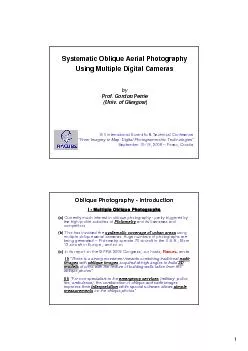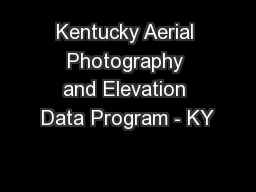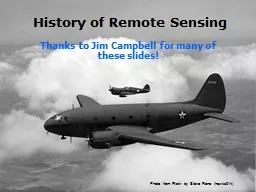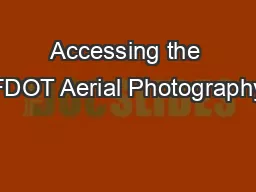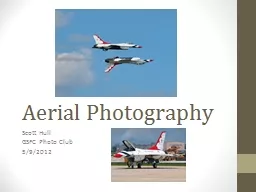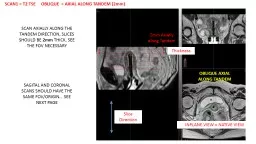PDF-Systematic Oblique Aerial Photography Using Multiple Digital CamerasPr
Author : briana-ranney | Published Date : 2015-09-13
1 Oblique Photography IntroductionI Multiple Oblique Photographs aCurrently much interest in oblique photography partly triggered by the highprofile activities of
Presentation Embed Code
Download Presentation
Download Presentation The PPT/PDF document "Systematic Oblique Aerial Photography Us..." is the property of its rightful owner. Permission is granted to download and print the materials on this website for personal, non-commercial use only, and to display it on your personal computer provided you do not modify the materials and that you retain all copyright notices contained in the materials. By downloading content from our website, you accept the terms of this agreement.
Systematic Oblique Aerial Photography Using Multiple Digital CamerasPr: Transcript
Download Rules Of Document
"Systematic Oblique Aerial Photography Using Multiple Digital CamerasPr"The content belongs to its owner. You may download and print it for personal use, without modification, and keep all copyright notices. By downloading, you agree to these terms.
Related Documents

